Taiyuan Northern Qi Dynasty Mural Museum
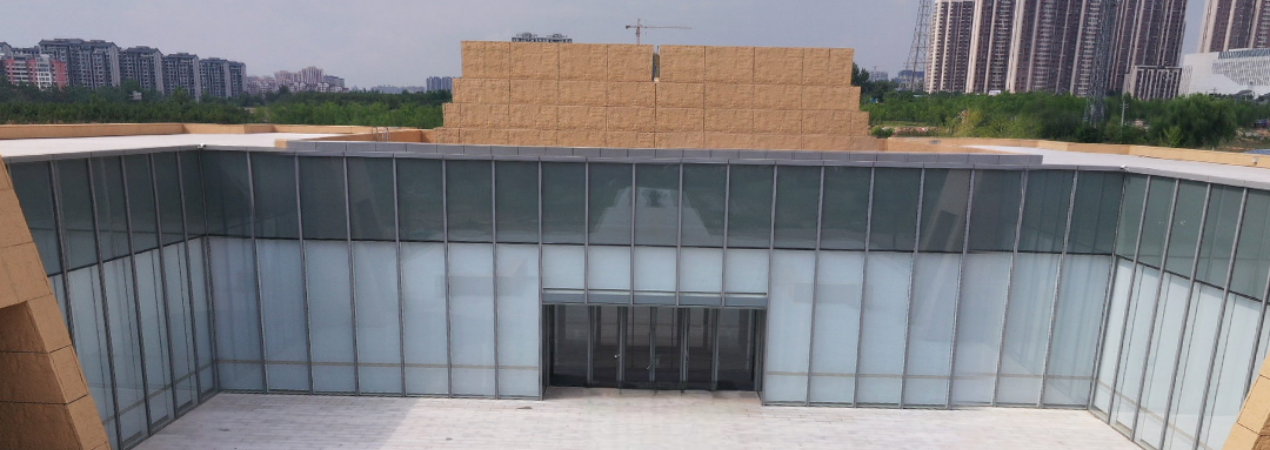
The Taiyuan Northern Qi Mural Dynasty Museum is located in Wangjiafeng Village, Yingze District, Taiyuan City, Shanxi Province. It is a mural museum built on the original site. The museum was built based on the original site protection and display of the Tomb of Xu Xianxiu of the Northern Qi Dynasty. It has three exhibition halls. The exhibition focuses on the Northern Qi murals unearthed in Shanxi, showing the social outlook and cultural exchanges at that time. The Northern Qi Mural Museum will be officially opened to the public at the end of 2023. The precious archaeological relics and special exhibitions attract many citizens and tourists to visit and learn about history.
- Chinese name:太原北齐壁画博物馆 Tàiyuán Běi Qí Bìhuà Bówù Guǎn
- Recommended Duration: 1-2 hours
- Entrance Fee: Free
- Opening Hours: 9:00—17:00,closed on Monday
- Best time to visit: March to July
- Address: Shanxi Province, Taiyuan City, Yingze District, Wangjiafeng Village
- How to get there: Take bus Y7 directly to the Taiyuan Northern Qi Murals Museum
Highlights of Taiyuan Northern Qi Dynasty Mural Museum
Xu Xianxiu's Tomb Mural
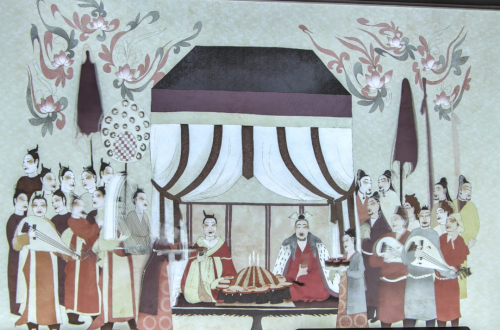 The Banquet Illustration
The Banquet IllustrationXu Xianxiu was the Grand Commandant and the vassal king of Wu'an during the Northern Qi Dynasty. His mausoleum has over 300 square meters of murals. There are over 200 different types of painted figures in these murals. The large area of murals, the superb painting level, and the good state of preservation make them extremely rare. These murals are rich in content. The murals in the tomb passage show a ceremonial guard led by four sacred beasts. In the tomb chamber, the north wall has a "Banquet" scene. The west wall depicts the "Journey of the Tomb Owner". The east wall shows the "Journey of the Tomb Owner's Wife". These murals vividly show the luxurious life scenes of the Northern Qi nobles. They accurately reflect the social relations between different characters.
Lou Rui’s Tomb Mural
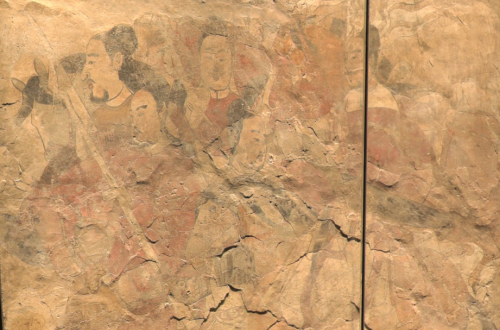 A section of the mural from the tomb of Lou Rui
A section of the mural from the tomb of Lou RuiThe more than 200 horses of various shapes in the murals of Lou Rui's tomb are amazing. Works such as "Saddle Horse Guide" and "Saddle Horse Cavalry" show the diverse atmosphere of the Northern Dynasties painting world. The guide in the painting wears a black long skirt, and hat, and black boots. The horse under his crotch even defecates due to fright. The details are vivid and full of life.
Jiuyuangang Tomb Mural
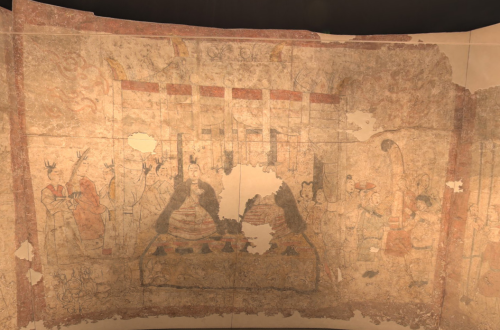 Hunting Sence
Hunting SenceHere is the largest hunting scene in a tomb of the Northern Dynasties in China, from which one can almost hear the sound of galloping horses. The Ascension Picture is full of fantasy and mystery. The images of the God of Wind, the God of Rain, Bo, who looks like a celestial horse eating a tiger or leopard, and the God of Thunder, who is squinting his eyes, showing his teeth and holding a hammer to beat the drum are all lifelike, depicting a wonderful scene together.
Digital Technology
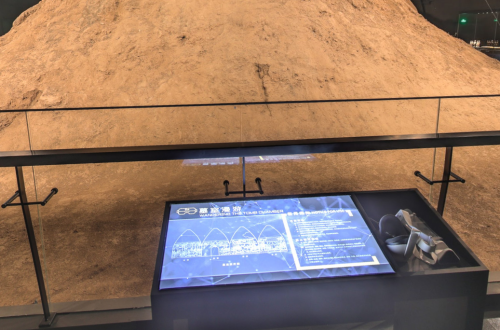 Virtual reality glasses at Xu Xianxiu's tomb
Virtual reality glasses at Xu Xianxiu's tombThe use of digital technology is a highlight of the Taiyuan Northern Qi Mural Museum. The museum combines digital VR, animated scrolls, human-computer interaction and the metaverse hall to create multiple immersive experience scenes, showing the splendid colors of the thousand-year-old murals from multiple angles. Among them, the digital VR experience is the highlight of the museum. Standing next to the tomb mound, wearing 4K resolution VR glasses, you can see the majestic guards of honor on both sides, the musicians playing exciting Hu music, Xu Xianxiu and his wife dressed in gorgeous clothes and toasting to feast, plucking the "strings" on the screen, and playing a song with the musicians in the painting. Being in it, the life of the Northern Qi Dynasty seems to be tangible.
Educational Value
Trade flourished in the Taiyuan area during the Northern Qi Dynasty. At that time, Chinese and Western cultures mixed together. A ring carved with a hero from ancient Greek stories, Hercules, was found in Xu Xianxiu's tomb. This Western-style ring was evidence that cultural mixing happened back then. This mural is a great piece. It shows different groups mixing and learning from each other back then. It is the most complete tomb mural found so far in China. Experts say it's the best example we have from that time.
Activities to do at Taiyuan Northern Qi Dynasty Mural Museum
No reservation required for wearing Hanfu: To promote Chinese culture, the Taiyuan Northern Qi Dynasty Mural Museum hold a event that people wearing Hanfu can enter the museum without reservation.
Wall painting pastel imitation:The Taiyuan Northern Qi Dynasty Mural Museum hosts various cultural events where people can engage in on-site mural pastel copying, personally experiencing the beauty of murals. For specific event dates, please check the official website.
Drop us a line and we'll connect you with the top China expert in no time!
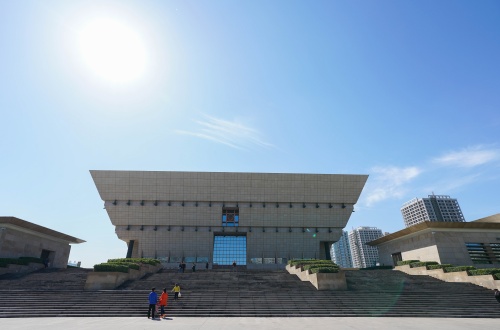 Shanxi Museum
Shanxi Museum 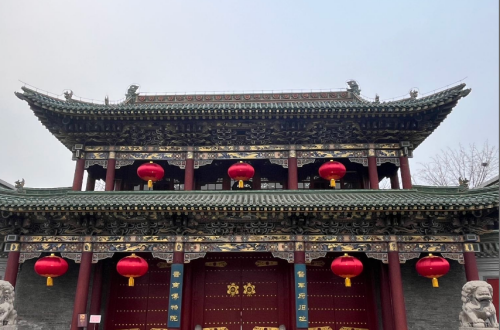 Taiyuan Shanxi Merchants Museum
Taiyuan Shanxi Merchants Museum 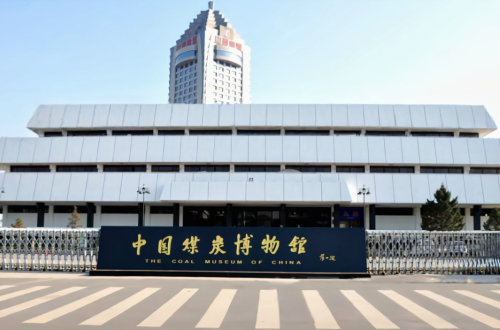 The Coal Museum of China
The Coal Museum of China 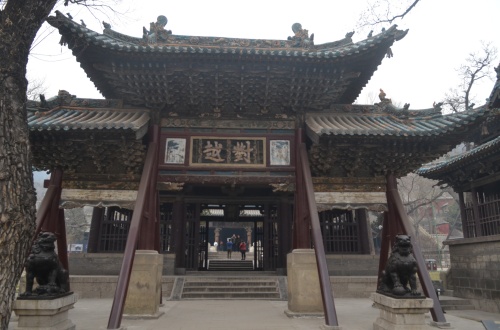 Jinci Temple
Jinci Temple 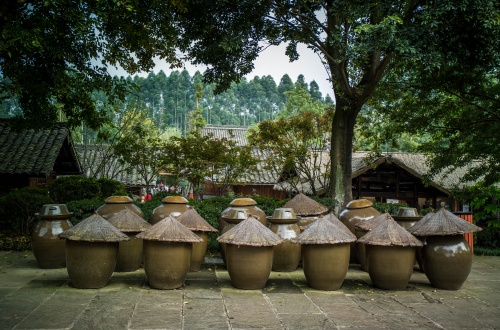 Donghu Vinegar Garden
Donghu Vinegar Garden